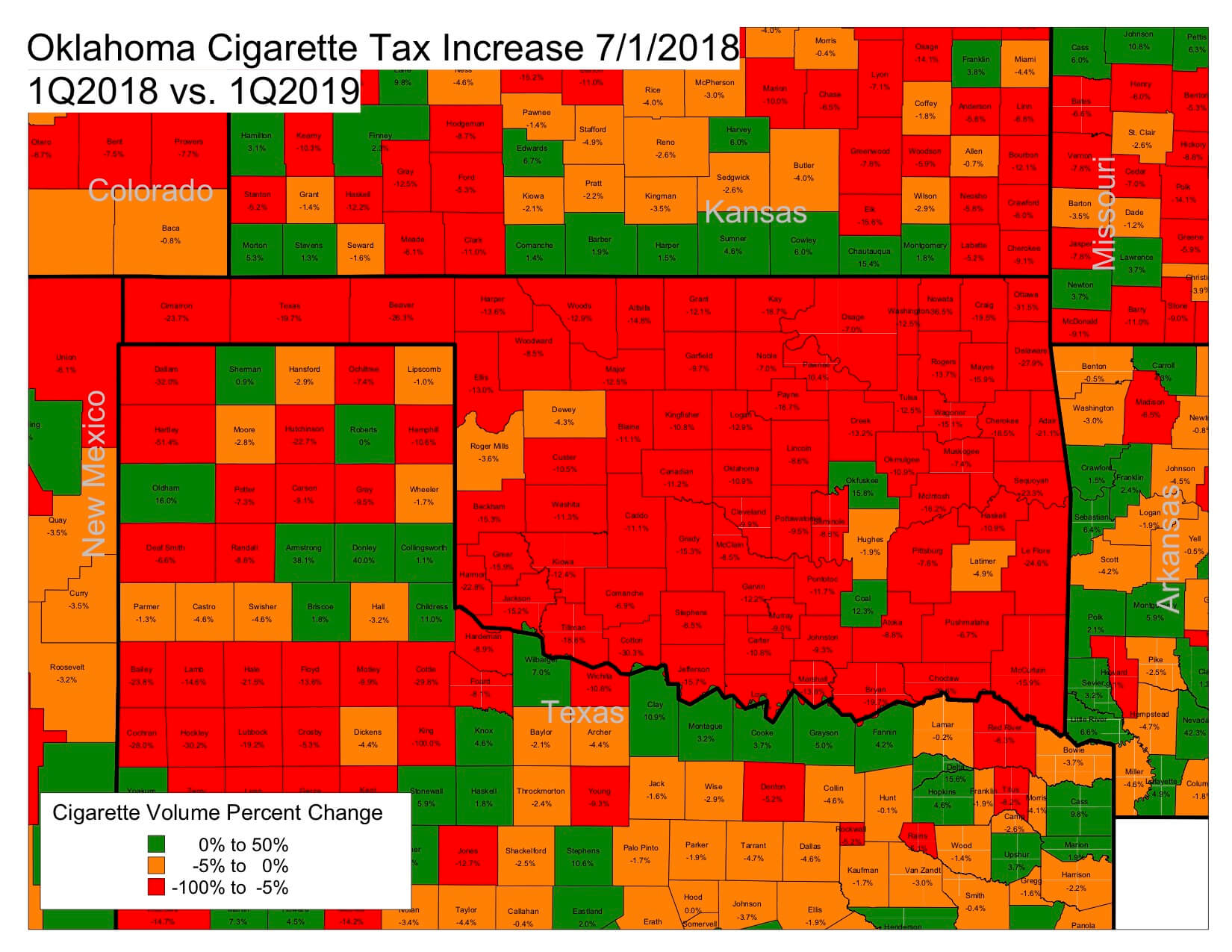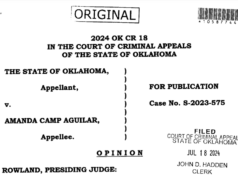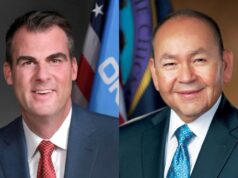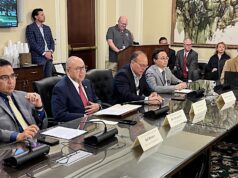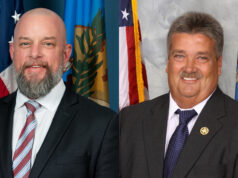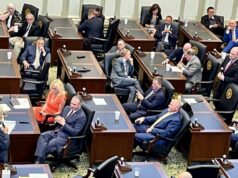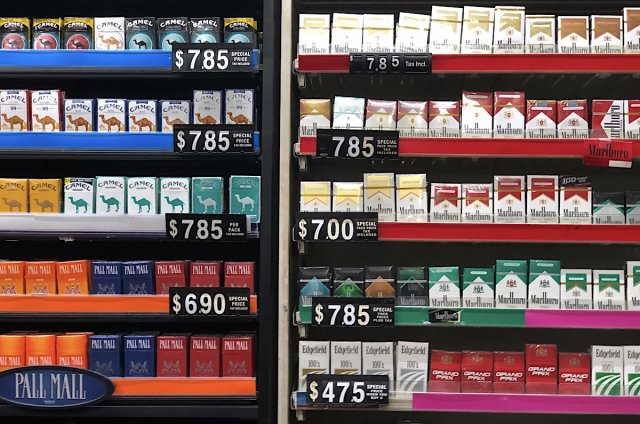

The billowing cherry scented vape clouds of change are blowing yet again in America’s ever-evolving relationship with tobacco products.
Effective Dec. 20, the legal age in the United States to purchase tobacco products, including vape juice and pods, changed from 18 to 21. Few Americans might have noticed the bill signed into law in the run-up to Christmas, but 19 states had already taken steps to raise the legal age to 21 in recent years as part of a continuing effort to curb tobacco use among their populations.
It’s the latest in a series of incremental changes over the last 40 years that have included restrictions on where people can smoke, new taxes to discourage their exercise of the right and aggressive messaging on why the habit is bad for them.
Those changes may move at a glacial pace, but they have slowly ground down the will of Americans to purchase tobacco products. In 1955, Gallup found 45 percent of American adults smoked. Last year, that number plummeted to just 15 percent.
“A lot of it has to do with social norms,” Oklahoma State Department of Health Center for Advancement of Wellness director Stephanie U’Ren said. “When my grandparents were younger, there were doctors that were prescribing smoking for anxiety. I don’t think there’s a medical doctor today that would even fathom doing that.”
But while banning smoking on airplanes, in restaurants and at public buildings has been a major front in the war, there was perhaps no bigger battle than the 1998 Tobacco Master Settlement Agreement between the largest tobacco companies and 46 states.
The settlement included $206 billion to be paid out over the first 25 years shared among the states. While the money was a big win, the discovery of how those companies conducted their marketing may have fueled the biggest change in public attitudes toward tobacco.
“That really was a watershed moment,” Tobacco Settlement Endowment Trust executive director Julie Bisbee said. “They went to trial, and there were a lot of documents released in the discovery process. They knew 50 years ago second hand smoke was bad. And they knew it was important to get brand affinity with minors. That was the moment when I think it became clear exactly what we were dealing with. People show you who they are. I think that was a point when a lot of people said, ‘That’s not OK.'”
TSET was created as an endowment for Oklahoma’s tobacco settlement dollars that uses investment interest to fund anti-tobacco campaigns, messaging and efforts. The agency has been criticized for stepping outside of its perceived lane by marketing against soft drinks, among other uses of its money. Some lawmakers view the $1.1 billion endowment as an untapped opportunity to move the needle on mental health and other issues facing the state.
Oklahomans support age hike from 18 to 21
The national tobacco settlement also banned characters like Joe Camel that were aimed at kids and consumer redemption programs like Marlboro Miles that allowed smokers to exchange UPC symbols on packs for branded merchandise.
“In their own market research, they said that if you can get brand affinity before 18 you’ll have a customer for life, and young people are the most susceptible to advertising because they are hyper-aware of brands,” Bisbee said.
Today, about 20 percent of Oklahoma adults use tobacco products, down 25 percent from a 26.1 percent rate in 2012. That’s still higher than the national average, but on the whole the state appears in favor of the new federal age limit to reduce access to tobacco by youth.
A July Sooner Poll found more than 70 percent of those surveyed were in favor of raising the legal age to purchase tobacco products from 18 to 21. Only 22 percent opposed the idea.
That mirrors national trends. A Gallup poll released in August found 73 percent of respondents were in favor. Digging deeper into the data, the number of American adults smoking is the smallest in the 75 years Gallup has tracked it.
That’s one reason why public health officials charged with curbing the habit are so bullish on the idea of making young people wait three more years before they take up smoking or vaping legally. Smoking costs Oklahoma an estimated $1.6 billion annually in health care services related to the habit, according to the Oklahoma State Department of Health.
SMOKING IN CASINOS
More than 30 tribes ‘stand united’ against Stitt offer by Tres Savage
“It’s a good start,” Bisbee said. “Anytime there are positive steps taken to prevent youth access to tobacco products, it’s positive. The brain is still developing up until age 25 when it is fully formed. That’s why it’s really important to delay smoking but also vaping. That’s a big part of the fight.”
U’Ren said about 28 percent of Oklahoma teens have used vape products. Oklahoma ranks among the worst state’s in the country for teenage tobacco product use, according to the Centers for Disease Control.
“Vaping with our high school students is considerably higher than it is with combustible products,” U’Ren said. “And that is the new threat we’re trying to counter as far as public health. A lot of young people don’t equate vaping with tobacco use in their heads. It’s ‘Hey, I’m just vaping. I don’t smoke.’ So we have to re-engage on that.”
And that includes specific targeting towards kids, who U’Ren and Bisbee said the industry views as replacement smokers, and the handful of adults who continue to smoke even after state’s have raised tobacco taxes over the last 15 years.
“It’s about targeting a specific population,” U’Ren said. “As we continue to drive those numbers down the tactics have to be more strategic and targeted. What worked years ago when more people smoked might not work today. These are people who are addicted to a product and despite all of the efforts to get the to stop, have continued to smoke.”
For their part, many tobacco companies approved of the Tobacco 21 legislation. In a press release on its website, vaping giant Juul said the company doesn’t want kids using their products.
“While raising the legal age to purchase tobacco products to 21 is not the only strategy for reducing underage use, we believe it is critical because it will prevent high-school seniors and recent high-school graduates from purchasing tobacco products and sharing them with underage users,” the company said.
Bisbee: ‘We can definitely close loopholes’
While there might not seem like much left in the toolbox left to curb tobacco use, Bisbee said plenty of ideas exist. One includes licensing vape shops who are currently not subject to that regulation by the state. Another is taxing vape juice. Those products currently aren’t subject to the same taxes tobacco leaf products are.
“I think as a state we can definitely close loopholes that still allow workers to be exposed to second-hand smoke, and research shows that’s not going to put anyone out of business,” Bisbee said. “There are things that can be done with flavor restrictions on e-cigarettes, and I think a conversation about licensing vape stores is something that could also come up.”
But perhaps nothing works better than making it financially and socially painful for consumers to smoke.
“When you think about reducing tobacco use, there are three big things that motivate people, and unfortunately raising the age is not one of them,” U’Ren said. “It’s raising the price point, creating smoke-free environments and hard-hitting messaging on tobacco cessation. Those are the big things that move the numbers.”
In 2018, the Oklahoma Legislature approved an additional $1-per-pack tax on cigarettes in an attempt to dissuade smoking and raise state revenue. The increase took effect in July 2018 and moved the state’s total tax to $2.03-per-pack. Preliminary data comparing 2018 and 2019 sales show a decrease in 75 of the state’s 77 counties, but 23 counties bordering Oklahoma in other states showed an increase in sales.
